LOS ALAMITOS, CA — Artistic projects in academic classes are a popular tool used among Los Alamitos High School teachers to help students apply lessons contextually and creatively. These projects can be beneficial for student learning, but they are often seen as busy work.
The major difference between busy work and productive work: Busy work wastes time and does not further the understanding of a subject, while productive work fosters learning and adds to the comprehension of the subject.
When artistic projects in academics are productive and valuable for students’ learning, they enable a better educational experience that develops useful skills like scrutiny, intelligent creativity, communication, and recollection. But when these projects fail to put these skills into action, they burn daylight. So how should these skills be provided?
“It depends on the subject, but for biology, the creativity allows students to expand on the specific gifts and talents they are good at. I don’t want to extinguish that but bring it out. That will get them engaged,” Mr. Awad said.
Artistic projects in academic classes should have an essential question or authentic purpose that implements the aforementioned skills. Teachers can set goals and instructions for students to answer to the essential question and achieve the purpose. Most importantly, there needs to be a balance between the art and the research.
“I enjoy [artistic] projects as creative, logical work can seem mundane without a variety of schoolwork that includes both art and information,” said Hannah Clair, a junior at Los Al.
Even when these expectations are met, for some students, coloring and drawing can be seen as a waste of time with no pedagogy value. Projects that focus on the art instead of the research can cause those students to stress and focus on the image of the project instead of learning the material presented.
“It can be mentally [draining] if you cannot draw for projects that require drawing. It takes too much time, and I [tend] to prioritize it from the actual work,” said Kayla Phungraksakiat, a freshman at Los Al.
On the flip side, mapping out information with pictures and images can tie into the memorization of topics. For these students, art projects can grant freedom to express intelligence in a way that standard researching projects cannot, even contributing to improved test scores.
“Most of my artistic projects help me achieve higher test scores,” said Lexy Jones, a junior. “I am able to review by creating well-organized information and drawing, which allows me to create memory cues.”
An art project’s value can depend on the learning styles of each student. Learning styles are very important for teachers to consider applying in their classroom. Well-known learning styles include kinesthetic, auditory, reading/writing, and visual.
These styles exemplify how students understand, memorize, discern, and acquire new material. Having a combination of multiple styles can be extremely helpful to ameliorate the quality of projects in classrooms.
“I am a reading and writing learner, and I work better when I am presented with worksheets or a notebook, so I can write things down as they make sense to me,” Jones said. “Additionally, this aids in making my memory cues, which promotes my learning.”
In conclusion, when projects in academic classes accommodate different learning styles, have an authentic purpose, and boost useful skills for the future, it will be beneficial for all students.
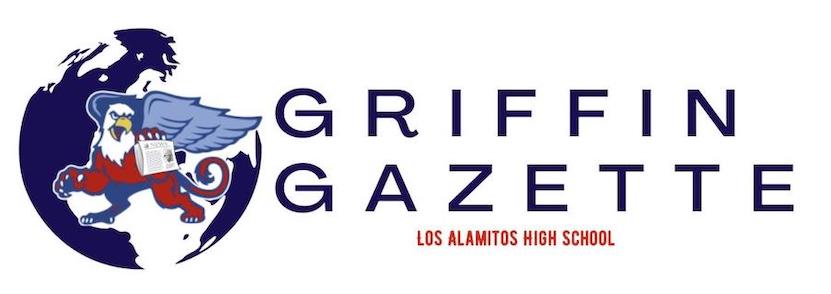





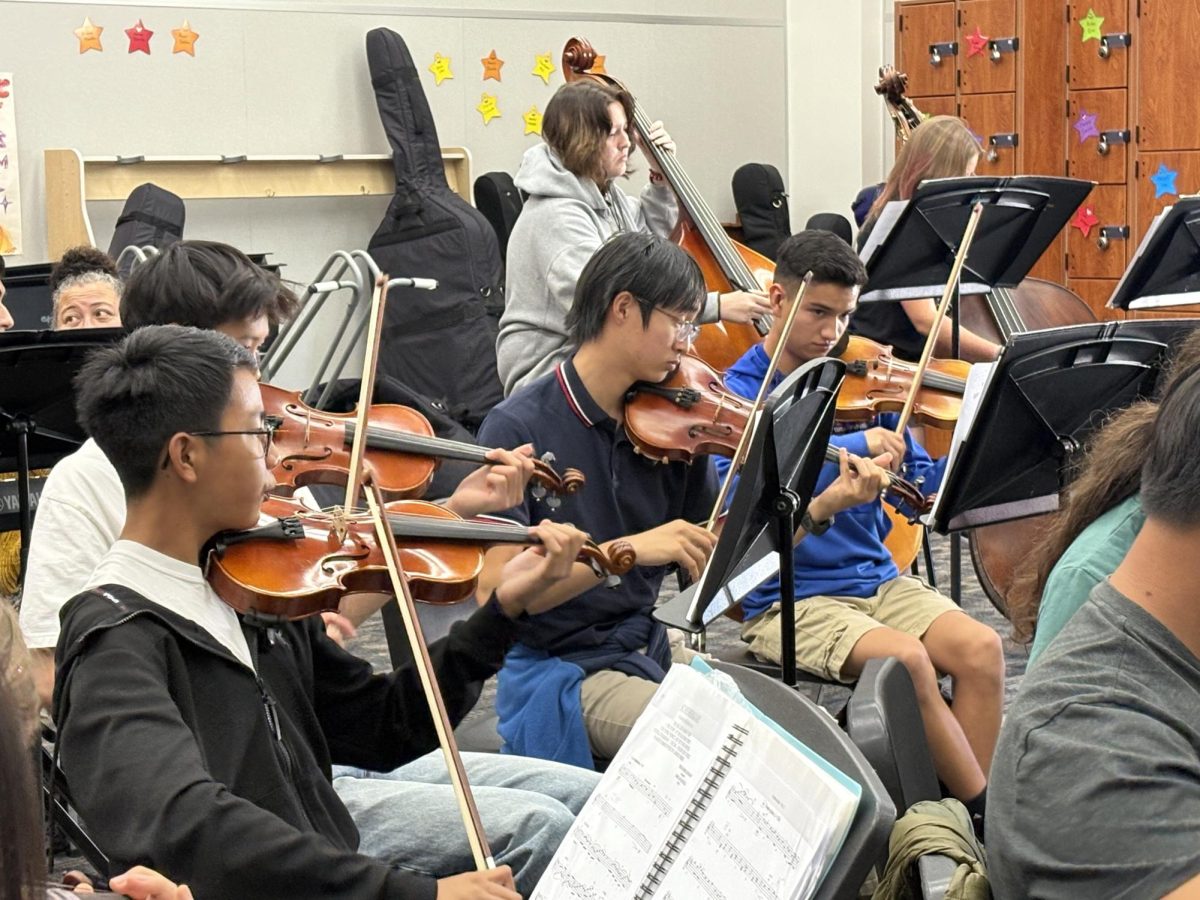



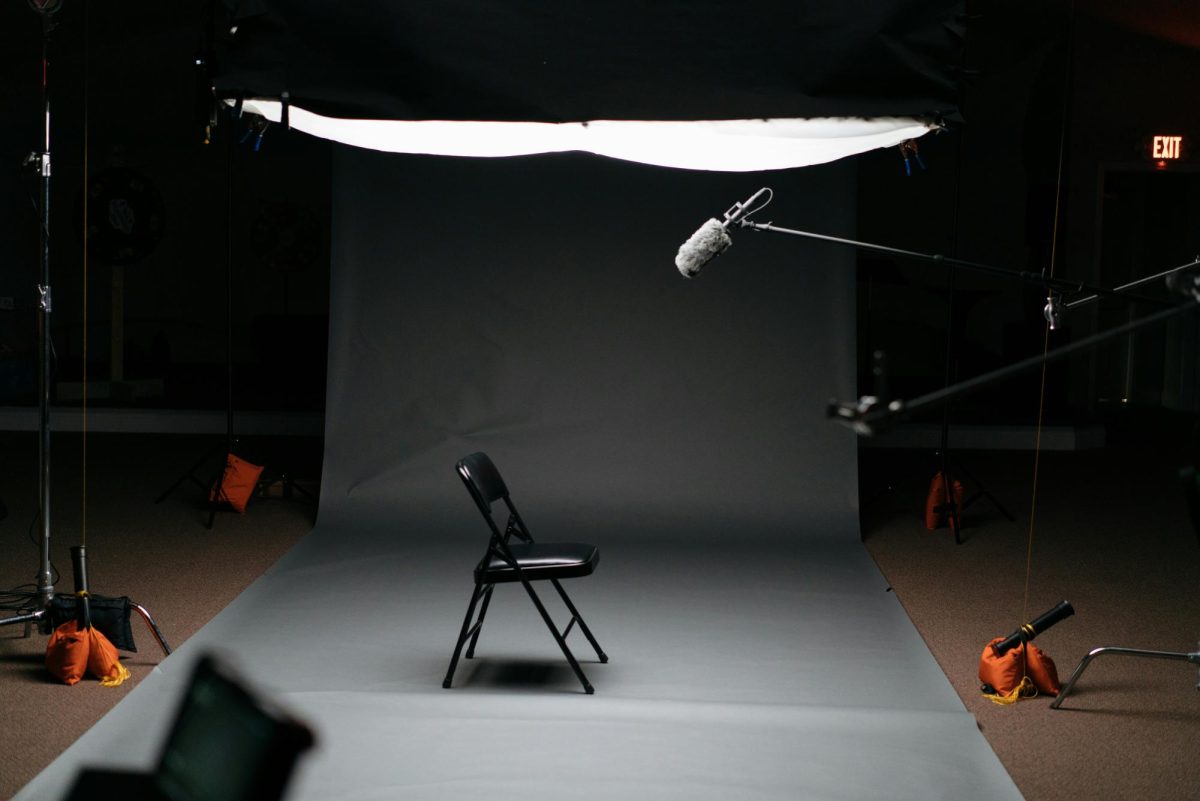
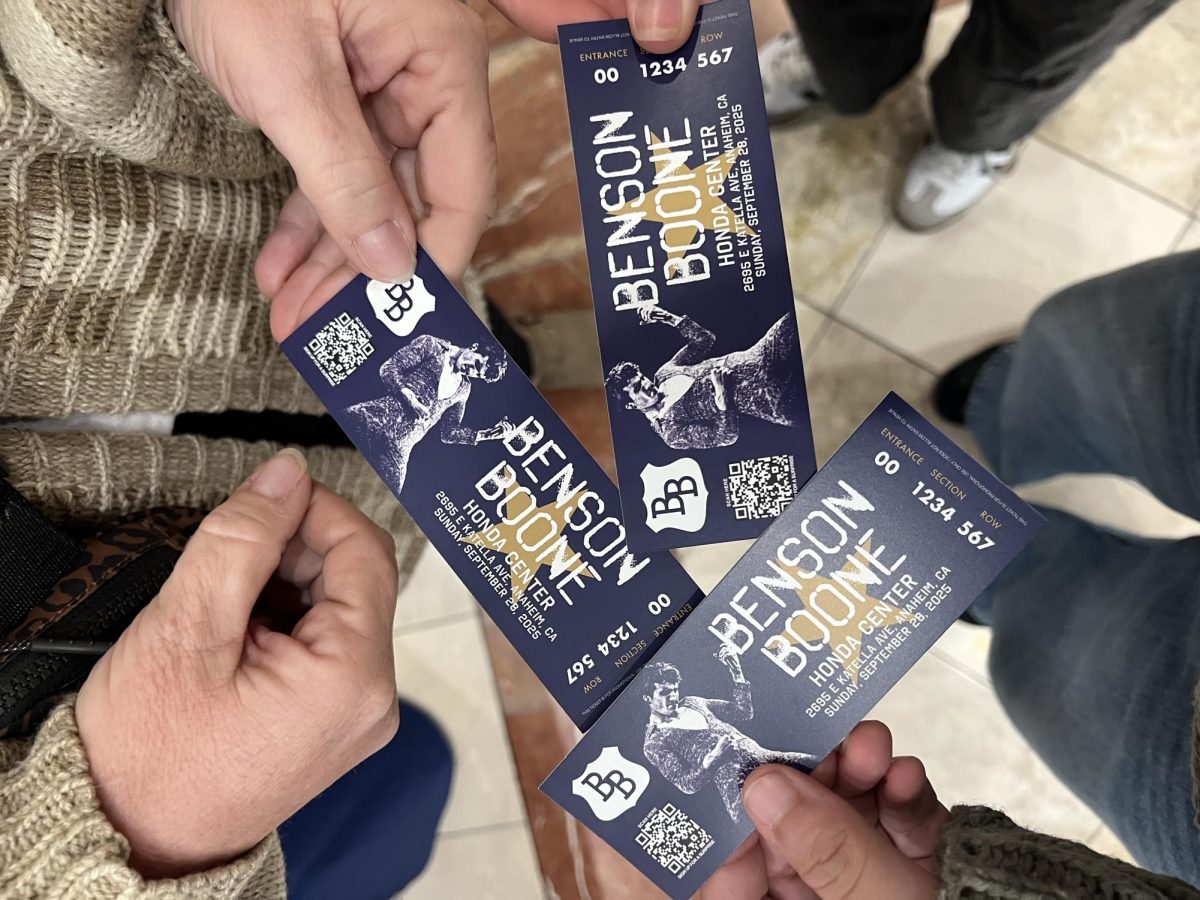


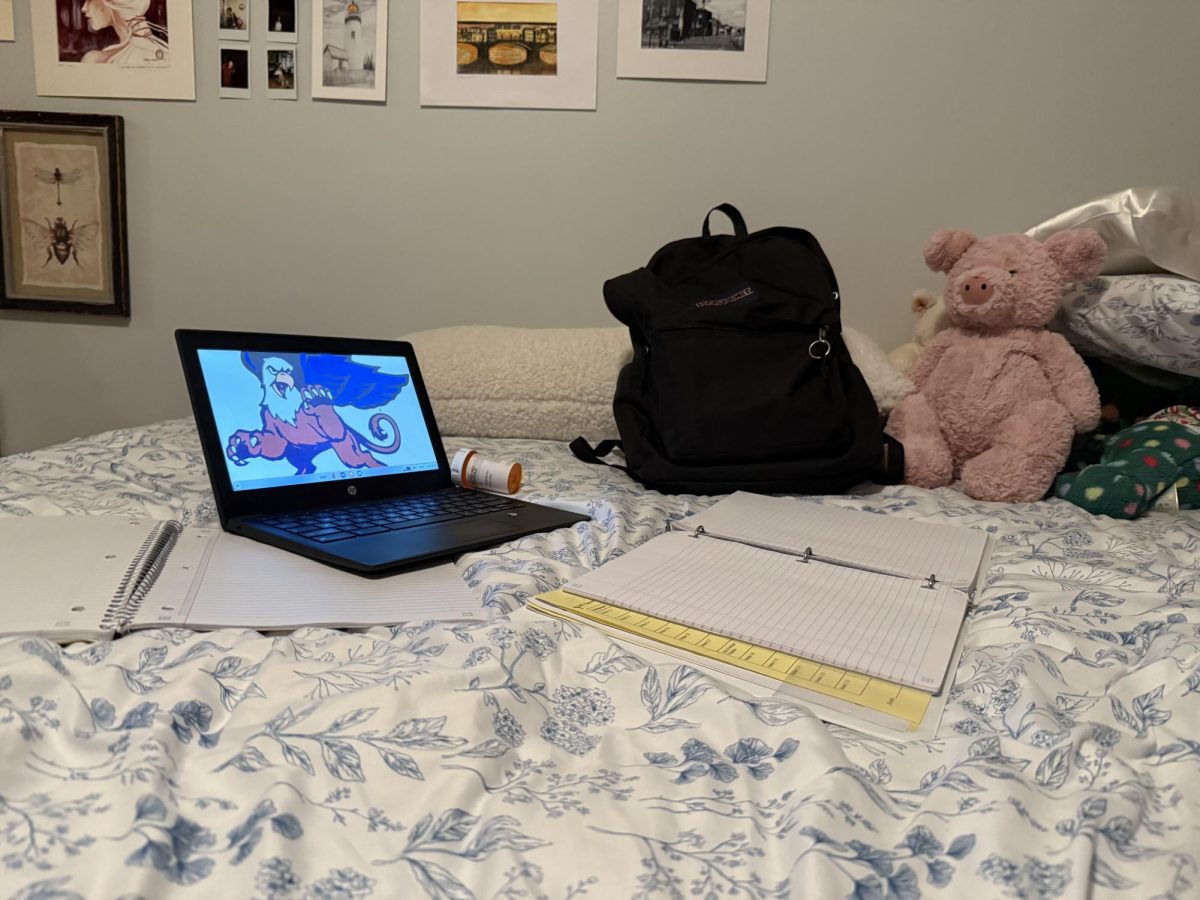
Chris forehan • Feb 11, 2024 at 1:26 pm
This wonderful article caught my eye as I see this as a wonderful and fun way to demonstrate learning….great job. Chris Forehan Los Al Board Member.
Isabella Steinberg • Jan 31, 2024 at 12:14 pm
Love this article! I really enjoyed the angle you took 🙂
Nandi Smith • Jan 31, 2024 at 12:07 pm
Great article Kalea! I really love the information you used and how you explained the differences!
Reese Neiger • Jan 30, 2024 at 11:53 am
Great article Kalea! I loved the perspective shown of the different opinions!
Jasmine Lee • Jan 30, 2024 at 9:35 am
A really well executed article on a unique topic. I love the amount of quotes you put in here Kalea!
Katie Arnoult • Jan 30, 2024 at 8:18 am
This is such a good opinion article! Great job Kalea!